Key takeaways
- MAP pricing stands for minimum advertised price
- It dictates the lowest price that a retailer can advertise a brand’s product
- Suppliers and brands use it to protect their interests and reputation
- Unlike MSRP, violating MAP agreements incurs legal punishment
- Retailers often circumvent MAP policies with various sales tactics
Pricing products can be a grueling and highly competitive endeavor. Every business tries to bring in as many customers as possible, often providing products at razor-thin margins. While this is great for the consumer, this race to the bottom on pricing can cause severe damage to brands that sell across various sales channels.
This is one of the many reasons that MAP pricing (minimum advertised price) policies are common in retail. They help maintain a higher price floor and keep prices stable while protecting brand integrity. As a retailer, however, MAP pricing may be an obstacle to more sales. Today we’ll be going over what MAP pricing is, why it’s important for suppliers, and how to deal with it as a retailer.
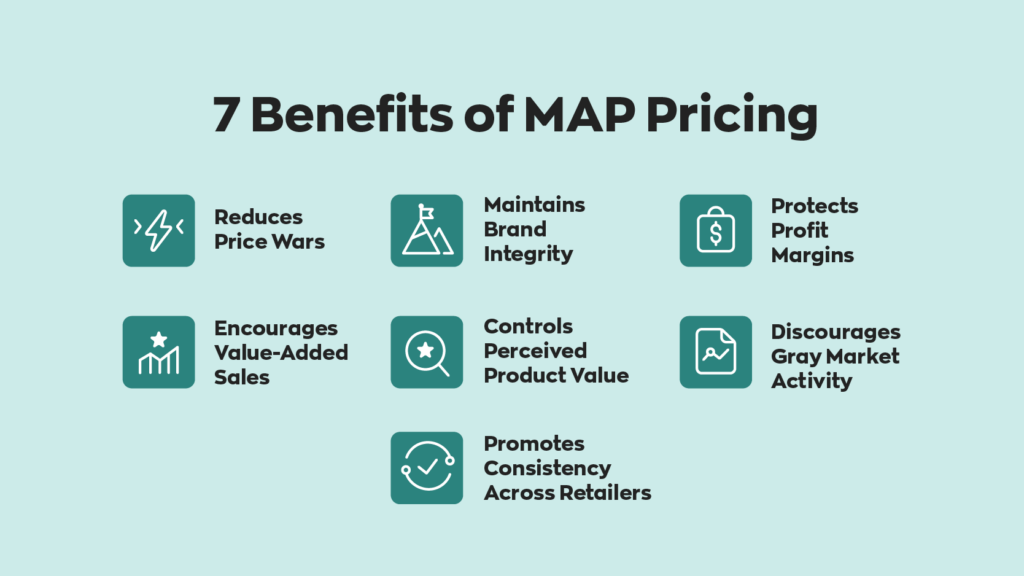
What is MAP Pricing?
As we’ve already established, MAP stands for minimum advertised price. Like the name suggests, it’s a policy that dictates the lowest price that a retailer can advertise a brand’s products at. That’s a bit convoluted, so let’s take a step back.
Most brands don’t sell their products directly to consumers. Instead, they sell their products at a discount to suppliers or retailers, who then sell them to the consumer at a markup. When a retailer sells a brand’s products, the brand may implement a minimum advertised price policy, or MAP policy for short. When a MAP pricing policy is in place, retailers cannot advertise the brand’s products below a certain figure.
For example, let’s say that a local retailer lands a deal with the Stanley brand, in order to sell their cups. They set the MAP policy at $50. That means the local retailer cannot advertise the Stanley cups below $50. However, MAP policies specifically dictate the minimum advertised price. As such, the store owner can advertise them at $50, but sell them at $45.
Lastly, depending on where you are, MAP pricing may not be legal. For instance, at the time of writing, it’s currently allowed in the US and Canada but has more restrictions in the UK and the EU. So, if you’re a business owner, it’s always best to check your local legislation to determine how MAP pricing works in your area.
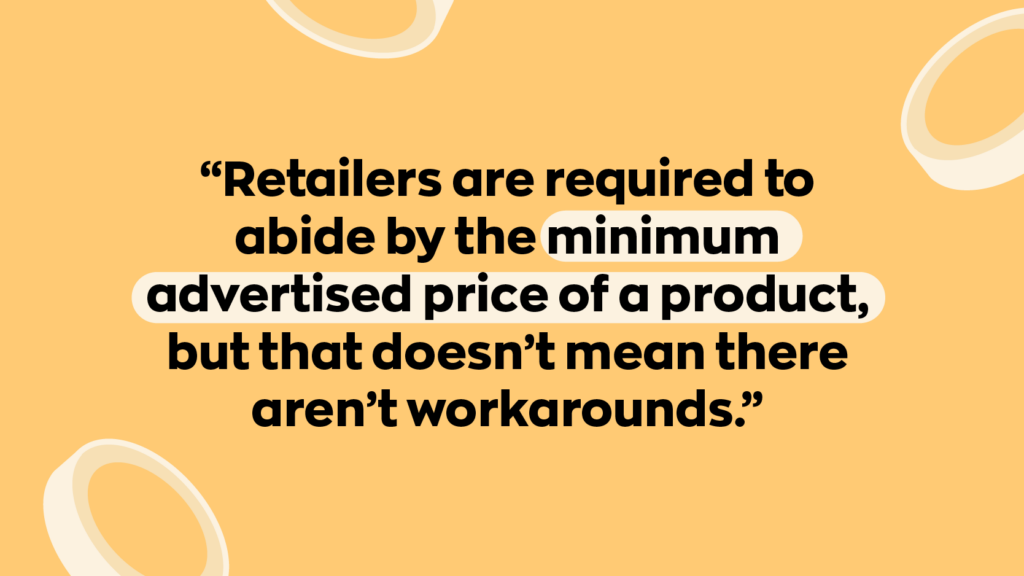
Why are MAP pricing policies important?
One of the biggest reasons a manufacturer or supplier implements a MAP policy is to protect their brand. These days, success as a supplier depends on reaching a wide audience, especially on ecommerce platforms like Amazon. If a new retailer introduces a brand’s products at a significantly lower price, it can have catastrophic effects on the affected brand. Enforcing MAP pricing is one of the ways they protect themselves.
Wholesalers and manufacturers typically rely on this to provide market stability. It’s a very important part of why they implement MAP pricing to begin with. It’s better to consistently make money over a period of time than alternate between periods of high and low revenue.
Implementing MAP pricing guarantees a certain level of profit for suppliers and creates a sort of artificial scarcity. MAP prices are often set so that retailers can also make a healthy profit on each sale, but some find such policies restrictive.
For instance, let’s say a business purchases a surplus of products from a particular brand. Over the course of a year, they find they’re not selling what they anticipated and now have a ton of excess inventory eating into their carrying costs. They’re ready and willing to offer the products at a deep discount, incurring a loss, to free up valuable warehouse space. However, due to the MAP policy, their hands are tied.
Lucky for them, there are some workarounds.
Word of mouth
It may be the digital age, but nothing compares to the power of word-of-mouth. MAP pricing prevents retailers from advertising below a certain price, but it won’t stop customers from talking about low prices. When someone is saving money hand over fist, chances are they’ll spread the word to their friends and family to let them get in on the action. Word-of-mouth advertising is your best bet for retailers looking to circumvent MAP pricing.
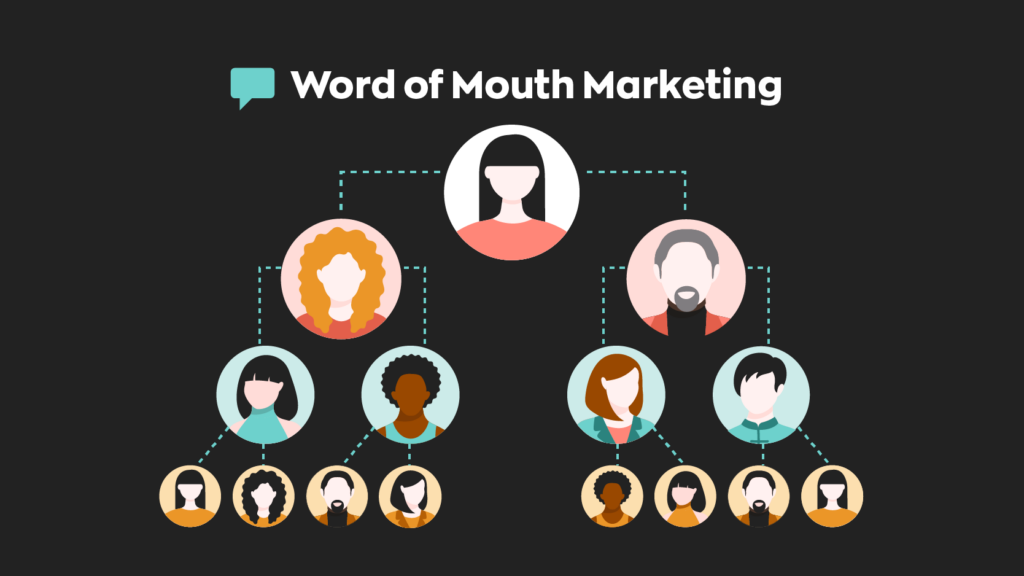
Bundle pricing
One really common workaround is bundling multiple items together. Legally, two bundled items are considered a different entity, so there’s another layer of security. It also helps attract customers by offering a “discounted price” for purchasing more than one item. For example, if one product has a MAP price of $500, and another of $200, a retailer might sell them as a bundle for $600. Enough to turn a profit, and different enough to avoid violating MAP pricing, but low enough to stand out against the competition.
Discounts on order totals
Ever seen those pop-ups offering to knock off some of the final price if you spend a certain amount? Those are often to avoid MAP pricing policies. For example, let’s say a retailer has a $250 product that they think will sell really well at $200. unfortunately, there’s a MAP of $225.
They can work around this by offering a 25% discount on orders above $200. It’ll take $50 off the final price, bringing the item down to $200 after the discount.
Coupons
Coupons, both digital and physical, are still in active use today. They work on the same logic as the discounts. A retailer may not be able to legally advertise below a certain price, but there’s no law against offering a discount to reach their target price. Coupons are also an effective marketing and customer acquisition tool.
How does MAP Pricing relate to MSRP?
Newcomers to the retail space sometimes mix up terms, including MSRP (manufacturer’s suggested retail price) and MAP. It’s not surprising, as the two terms are similar, but the differences are pretty important.
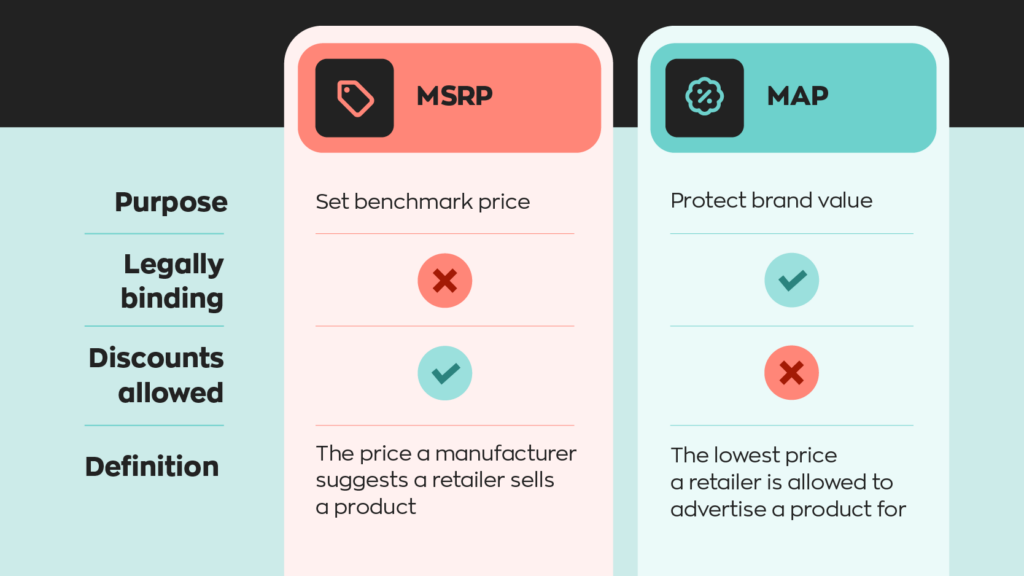
MSRP refers to what a manufacturer believes the product that they produce should sell for. Like it says in the name, it’s really just a suggestion. There are no legal implications to diverging from it– unlike MAP pricing. If a retailer violates their MAP agreement, they may be on the hook for damages. The chance that the supplier will work with them again is also very slim.
Software solutions
Whether you’re a supplier trying to maintain a price floor, or a retailer trying to work within the constraints of your MAP pricing policies, a software solution could help immensely. Our software inFlow offers inventory and sales tracking that allows you to easily track your product costs, as well as set your selling price. We even have a built-in barcoding system that simplifies the pick, pack, and ship workflow.
For retailers, inFlow’s new bundling feature allows the easy creation of product bundles. Manufacturing users can also attach a bill of materials, making it easy to keep track of everything. So whether you’re a supplier, manufacturer, or retailer, inFlow can help with your inventory management needs.


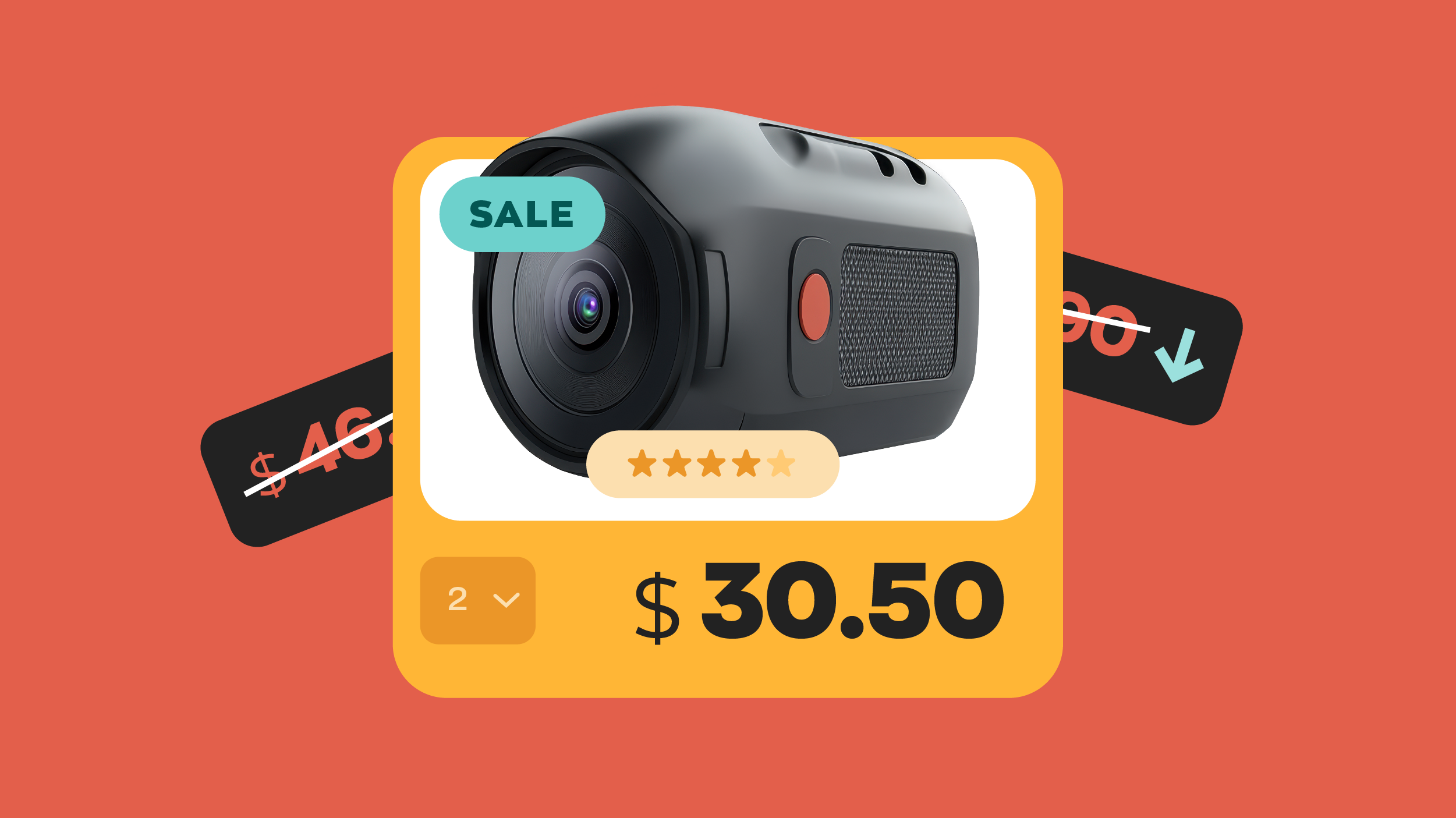


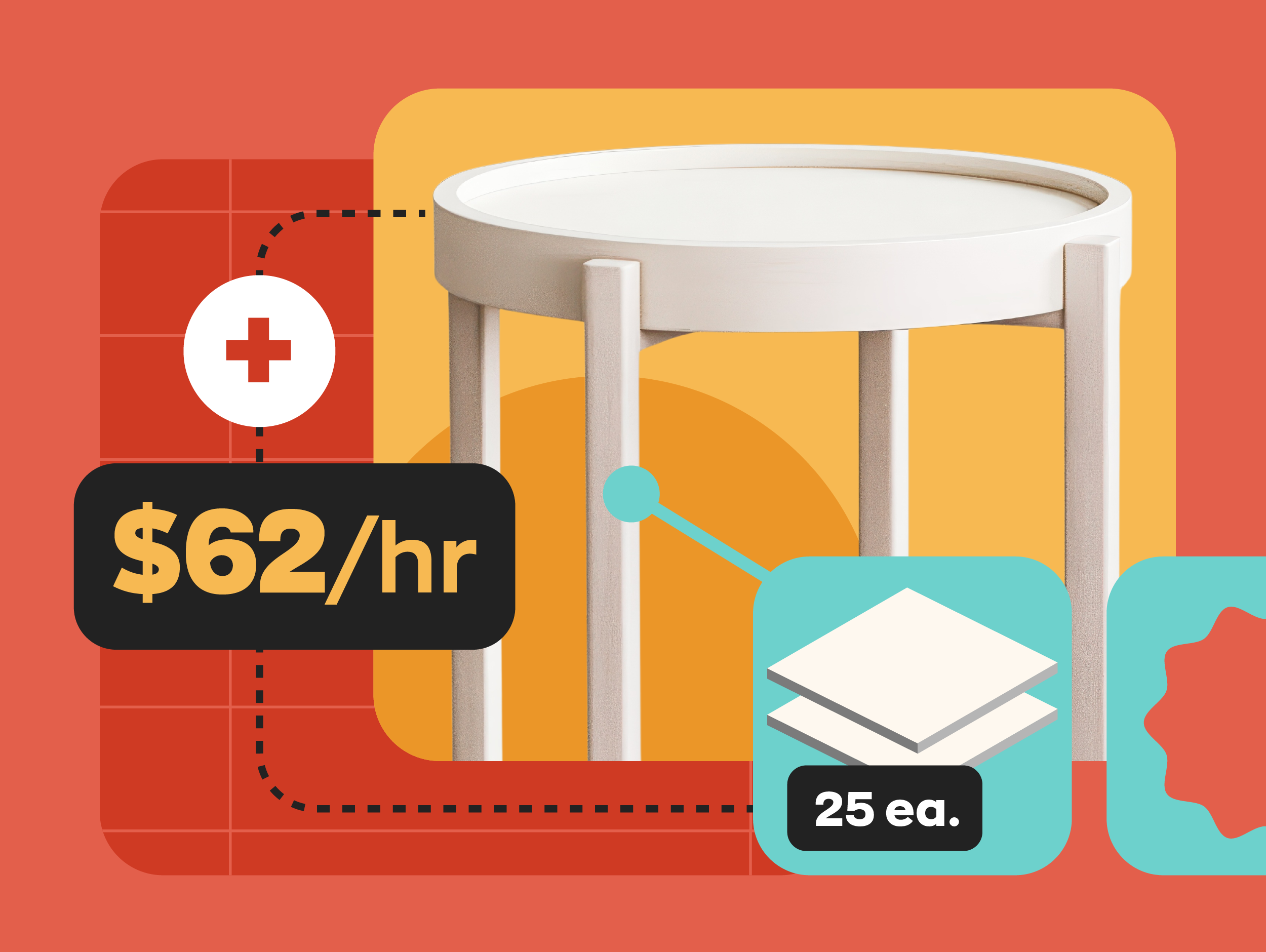
0 Comments